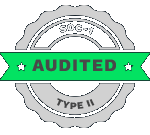This blog has been updated on - February 02, 2024
Most business leaders advocate the use of Mulesoft Anypoint platform to reap the benefits of API-led connectivity for enterprise data management and database integration.
Anypoint is one of the best-rated integration tools comprising high-grade solutions for API development in Mulesoft and other functions. Companies investing in full-fledged enterprise integration services must try Mulesoft to boost efficiency, cut costs, and improve decision-making.
If you want to introduce seamless and secure ways to streamline data-driven operations within your internal systems, then Mulesoft is your best choice. This prominent enterprise integration platform offers various tools and technologies to design and develop reusable APIs to let users extract, connect, and manage data and applications.
Above all, API development is one crucial aspect of using this tremendously effective tool.
So, if you're new to API and Anypoint platform, go through our expert guide to know better.
Table of Contents:
A Brief on API Development in Mulesoft Anypoint Platform
Mulesoft API management platform offers an umbrella of API design, development, testing, deployment, security, and maintenance in the cloud.
Companies use API integrations to leverage agility in their agile team operations and facilitate faster project delivery. With robust and efficient big data and API management, sharing data with in-house apps, software, tools, and external teams gets easier.
The lifecycle of API implementation in the Mulesoft Anypoint platform includes the following:
API Design
To let developers design easy-to-use APIs for smooth API administration. The API specification will outline endpoints, parameters, configurations, and data structures with authentication and authorization.
API Publishing
This process calls for the API release. Mulesoft API management platform allows users to publish APIs and make them available on the developer portal with support and documentation.
API Gateway
It is a center point between APIs and their users. Developers use the Mulesoft Flex gateway to monitor and control API traffic. It contains features to perform caching, rate limitation, routing, authentication, routing load balancing, and more.
API Security
It limits unauthorized access to API and protects software from security issues or vulnerabilities. It ensures that only allowed parties can use them for secure Mulesoft data integration with features of data encryption, masking, and rate restrictions.
API Analysis
Like data analytics services, the Mulesoft Anypoint platform for API implementation gives insights into historical data, API usage, transactional logs, and other metrics.
Prerequisites Of Building an API With Mulesoft Anypoint API Manager
Implementing Mulesoft API-led connectivity can take you through designing, development, management, monitoring, analytics, and security enhancements.
Hence, it makes sense if you first get more clarity on the significant necessities of API development in Mulesoft before getting started.
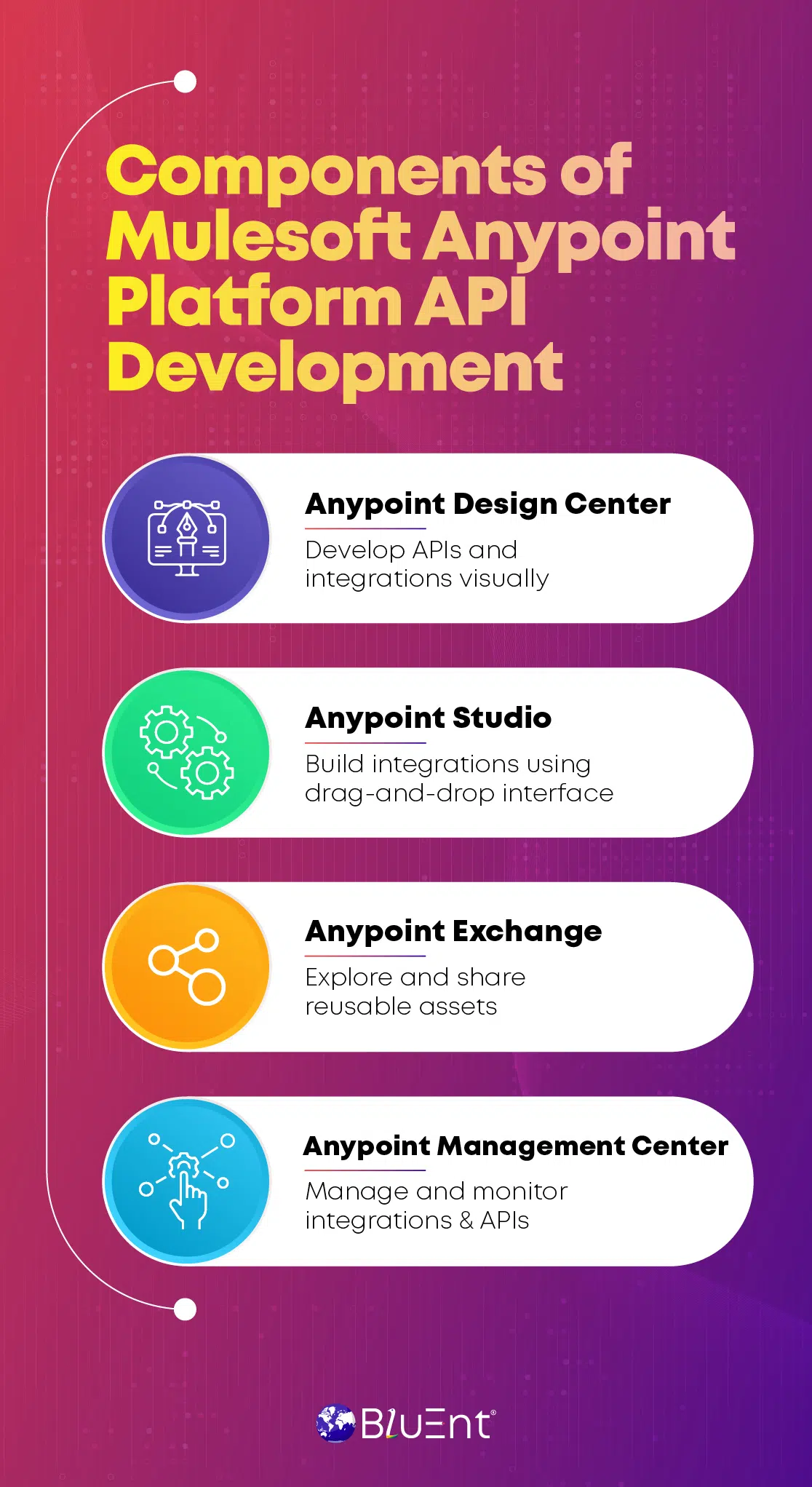
There are a few tools and technologies that you need to configure beforehand with these steps:
Create a trial organization on the Anypoint platform and set up your account using a username and password.
Download Anypoint Studio version 7.4.1 to build and deploy the Anypoint platform.
To run REST requests by installing an Advanced REST client from GitHub.
Best Practices for API Development in MuleSoft Anypoint
To begin your API-led journey, you must hire certified Mulesoft developers for successful enterprise data implementation, integration, and management.
In contrast, if you are working on a Mulesoft Anypoint platform development project, you can follow this step-by-step guide on API design and development.
How To Design APIs In Mulesoft?
Keep these steps in mind while designing an API on Mulesoft Anypoint:
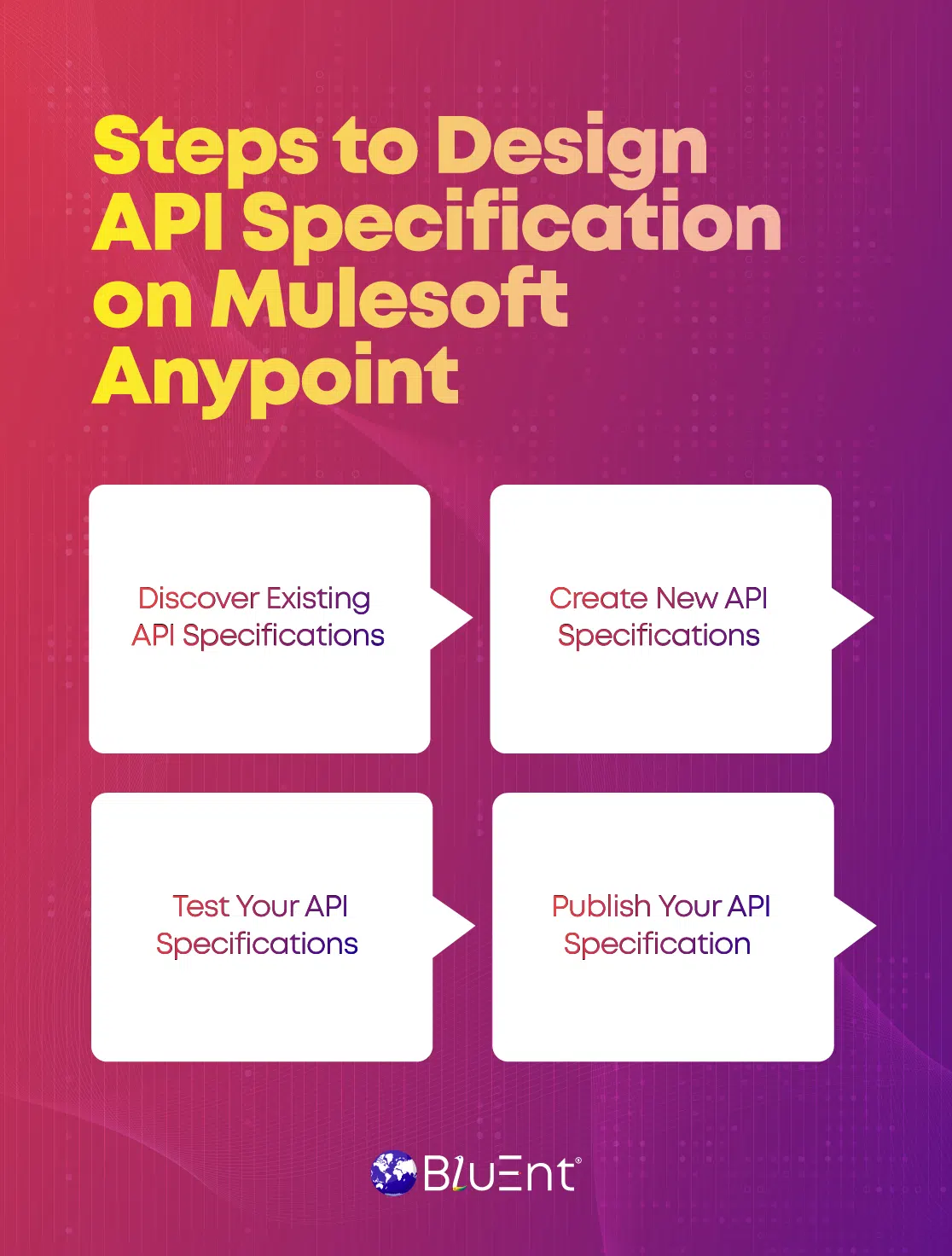
Discover Existing API Specifications
Check for existing API specifications to understand how other teams are using them for a purpose like yours.
That will help you decide whether to reuse the APIs or design the desired one from scratch. Take these steps to explore API specifications:
Go through Mulesoft public Exchange portal to find downloadable API specifications, connectors, and other components. Search for All Types > REST APIs to sort out REST API specifications and see their details.
Login to Anypoint Platform and click Discover and Share under the Exchange option on its landing page. Select any specification to view the respective API's data types and HTTP requests.
Create New API Specifications
The next step will involve creating your API specification on Mulesoft API Designer. Take this approach to do it:
Open API Designer and select Create option to open the API Designer editor.
Select Create API specification next.
Add a hello-world command for Name and keep other values unchanged.
Click API Specification next. The API Designer editor will show a sample RAML definition.
Delete the existing text and add the new RAML command.
Test Your API Specification
Once you're done with the API specification, hello-world.raml, you can request to test its performance and functionality.
Here is how you can test your API specification on Mulesoft API design:
Open hello-world.raml and click the cross, the X sign beside the Mocking service to enable it. Mocking service is already enabled if you can't see a cross button.
Search for the API endpoints option and find HTTP requests in green boxes.
Click GET to view the GET request and other details of the API specification.
Select Code examples to examine samples for each protocol. Click 404 and 200 under the Responses tab to check the responses in the API specification.
Disable the Mocking service option once you're satisfied with API specification testing.
Publish Your API Specification
After testing your API specification, you need to publish it on Anypoint Exchange to make it available to other teams in the organization.
Publish your API specification with this approach:
Open hello-world.raml>Publish>Publish to Exchange>Verify to see Valid specification>Publish>Done
Want to see how we help enterprises with their big data and management needs? Delve into our recent case studies now.
View Case studyHow To Build APIs on the Mulesoft Anypoint Platform?
After testing and publishing the API specification, you can start API development in Mulesoft.
Here is a tutorial for beginners to develop APIs using Anypoint:
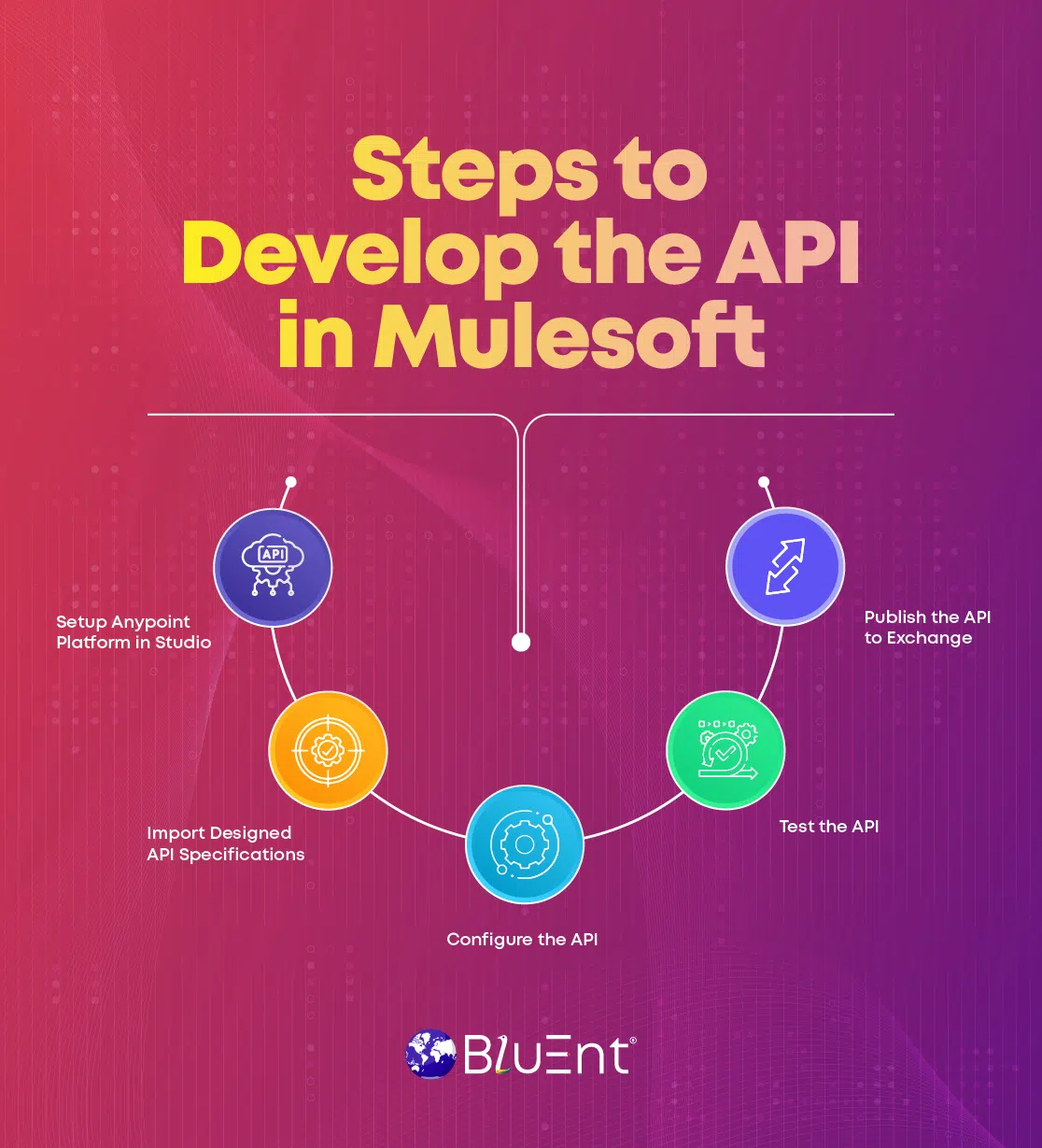
Step1 - Getting started: Add Anypoint Credentials to Studio
Open Anypoint Studio and choose Preferences.
Click Anypoint Studio and Authorization
Use your Anypoint username and password.
Sign in, click Apply, and Close.
Step 2 - Create a New Project on Studio and Import Specification
Choose File>New> Mule Project
Choose the latest version of the Mule runtime engine hosted within Anypoint Studio for testing.
Click on From Exchange to Maven tab.
Navigate to see if the checkbox Scaffold flows from these API specifications is marked.
Click Finish
Step 3 - API Configuration
Use Scaffolding on Anypoint Studio to find /greeting endpoint module across the Message Flow tab.
Right-click the Transform Message tab and delete it.
View Favorites to see the list of connectors in Mule Palette.
Click to select the Set Payload option and drag it to the space where you've deleted Transform Message lastly.
Mark the logic that carries data sent in a response from hello-world API.
Step 4 - Test the API
Open a Studio project that contains your API in the Mule runtime engine and run tests with a third-party client.
Right-click on the canvas and click Run project hello-world.
Open a REST client and initiate a GET request. The REST client should display a 200 Ok message with Today the greeting is Hello in the body.
Right-click again on the canvas and choose Stop project hello-world.
Step 5 - Publish the API to Exchange
Get ready to publish API on the Mulesoft Anypoint platform, so other teams can reuse it as a template.
Right-click the hello-world project on the package explorer in Studio.
Click Anypoint Platform>Publish to Exchange.
Enter project value to fill the empty fields.
Click Finish and press Yes to proceed further.
Recommended Reading:
Get World-class API Integration & Management Solutions with BluEnt's Expertise in Mulesoft
There is no secret code that you can use to finish API development in the Mulesoft Anypoint platform in minutes. Using the Mulesoft API management platform with the benefits of BI and big data management takes practice, skills, and technical proficiency.
BluEnt is a world leader in delivering best-in-class business consulting, CAD and engineering, and IT solutions. Our mastery in enterprise data management covers big data management, big data implementation, analytics and insights, and data science services.
Our success stories feature hundreds of satisfied clients. Our specialization also includes business process management, business intelligence, CRM development, enterprise content management, enterprise mobility, enterprise resource planning, and more.
Got some questions about API development in Mulesoft? Contact us now.
Frequently Asked Questions on the Mulesoft Anypoint Platform
Why is opting for API development in Mulesoft beneficial for an enterprise?
Here are the reasons why developers recommend using Mulesoft Anypoint for API design and development:
Broad community support and user base- Anypoint allows developers to create and share reusable APIs enabling users to deploy them in their projects and share their feedback.
Rapid API development- The steadfast process of API development in Mulesoft uses reliable runtime.
Manage and monitor APIs more easily- Mulesoft Anypoint management platform allows API developers to easily control API access, choose policy templates, and monitor API usage.
What are the benefits of using Mulesoft for enterprise integration?
The following are the pros of choosing Mulesoft over other enterprise data integration and management tools:
Implement reusable APIs in a secure and unified environment.
Design and develop API rapidly and reuse existing API templates from the portal.
Deploy APIs quickly in the Mule's cloud and on-premises setups.
Conduct analysis and get insights on API usage using the Mulesoft API governance tool.





 How is the MuleSoft eCommerce Integration Platform Mitigating Retail Challenges?
How is the MuleSoft eCommerce Integration Platform Mitigating Retail Challenges?  Why MuleSoft MFA (Multi-factor Authentication) is Crucial to Your Enterprise’s Data Security?
Why MuleSoft MFA (Multi-factor Authentication) is Crucial to Your Enterprise’s Data Security?  MuleSoft Architecture: Working Mechanism and Applications
MuleSoft Architecture: Working Mechanism and Applications 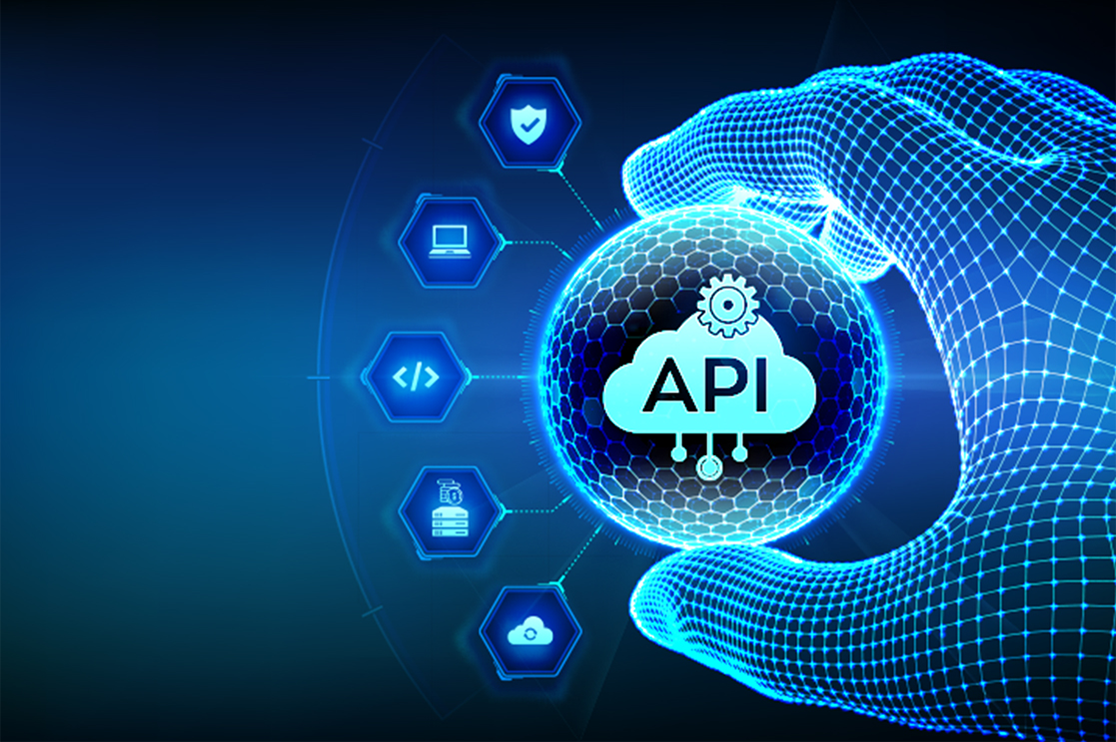 How Does MuleSoft API Integration Resolve the Challenges in Banking and Finance?
How Does MuleSoft API Integration Resolve the Challenges in Banking and Finance? 
